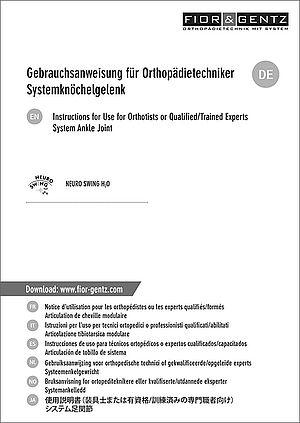Joint Assembly Carbon System Ankle Joints
- Physical Exam
- Planning the Orthosis
- Model Technique
- Handing Over the Orthosis
- Maintenance
- Products in the Spotlight
- Downloads
FIOR & GENTZ
Gesellschaft für Entwicklung und Vertrieb von orthopädietechnischen Systemen mbH
Dorette-von-Stern-Straße 5
D-21337 Lüneburg
Tel.: +49 4131 24445-0
Fax: +49 4131 24445-57
E-Mail: info(at)fior-gentz.de
Beratung und Technischer Support
Joint Assembly Carbon System Ankle Joints
Using NEURO SWING Carbon as an Example
This online tutorial shows the joint assembly of our carbon system ankle joints using the NEURO SWING H2O system ankle joint as an example. It also provides step-by-step explanations on how to use the associated materials such as primer and 2-component-adhesive.
The NEURO SWING H2O system ankle joint is a water-resistant system joint made of a light carbon fibre-reinforced joint case, which also provides dynamic spring units. You will find further information in the instructions for use.
-
Joint Assembly Carbon System Ankle Joints
-
Step 1/20
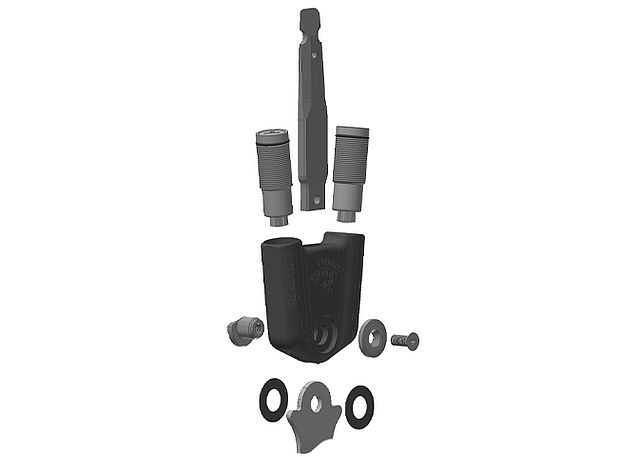
Clean the system joint and all screw drives (e.g. with LOCTITE® 7063 Super Clean) in order for the screws to be effectively fixed later on.
Note: Mind the safety data sheet when using the Super Clean LOCTITE® 7063.Step 2/20
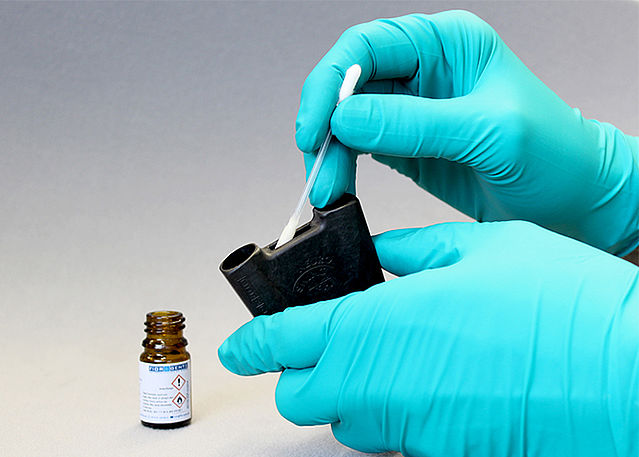
Use the delivered cotton swab and apply some primer to the adhesive surface in the joint case for the system anchor as well as to the system anchor. Allow the primer to flash off for at least 30 seconds until there are no more residues.
Step 3/20
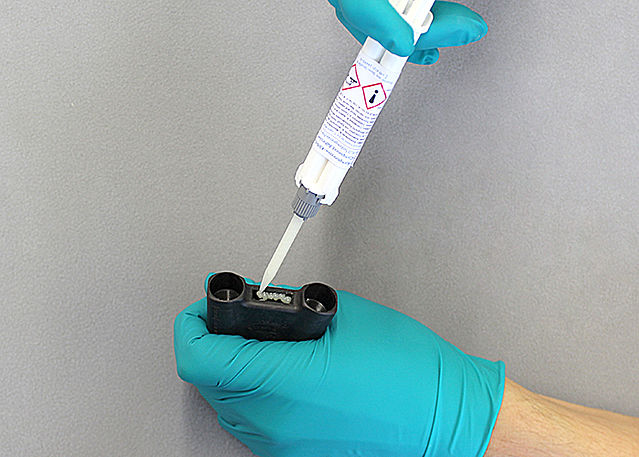
Inject a sufficient amount of the 2-component adhesive in the joint case using the delivered dual-chamber syringe.
Note: Mind the safety data sheet when using the 2-component adhesive.Step 4/20
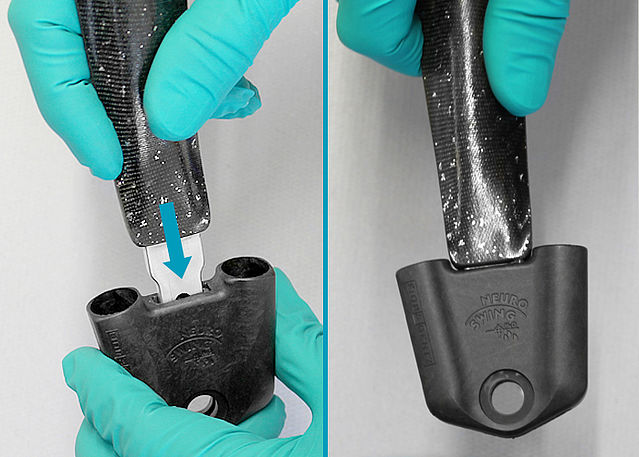
Immediately stick the system anchor as far as possible into the joint case.
Step 5/20
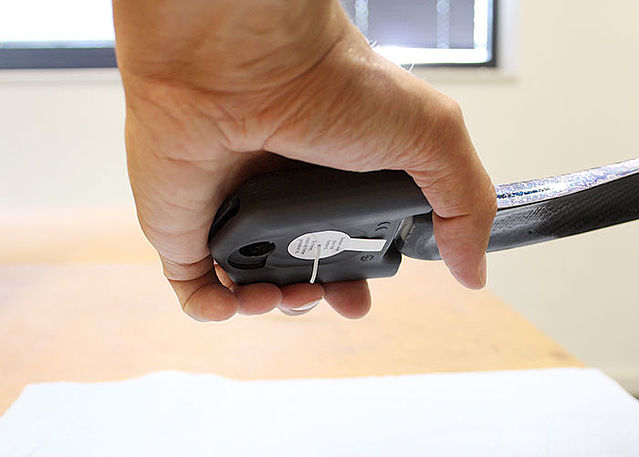
Hold the joint in such a way that the surplus adhesive can run out. Let the adhesive harden at about 23°C room temperature for about 24 hours, until the final strength is reached.
Note: The lower the temperature, the longer the adhesive needs to harden.Step 6/20
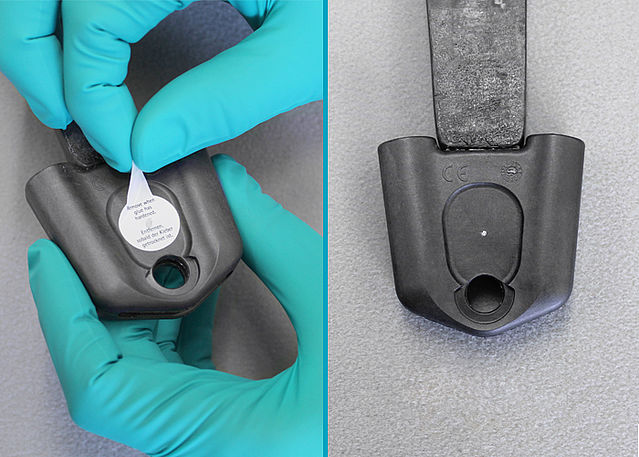
Surplus adhesive accumulates on the sticker on the joint’s back. Remove the removable sticker as well as possible adhesive residues from the joint case.
Step 7/20
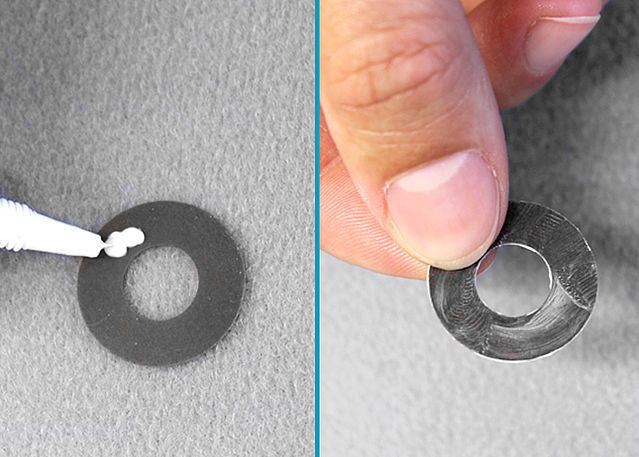
Grease the sliding washers slightly on both sides with orthosis joint grease.
Step 8/20
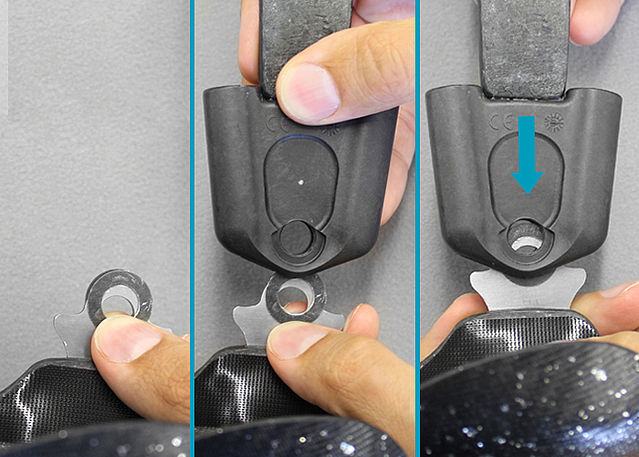
Grease the contact surfaces of the system stirrup between system stirrup and spring units with orthosis joint grease. Place the two greased sliding washers on both sides of the system stirrup. Place the system stirrup from below into the joint case.
Note: Push the sliding washers somewhat over the system stirrup’s upper edge in order to facilitate the assembly.Step 9/20
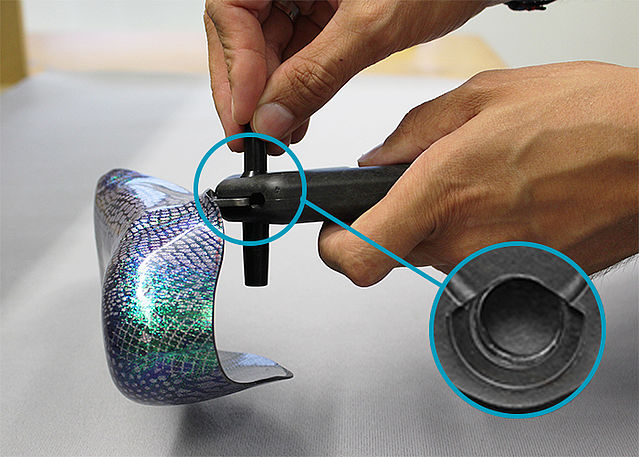
Check if the sliding washers fit well and correct the position with the sliding washer centring pin, if necessary.
Step 10/20
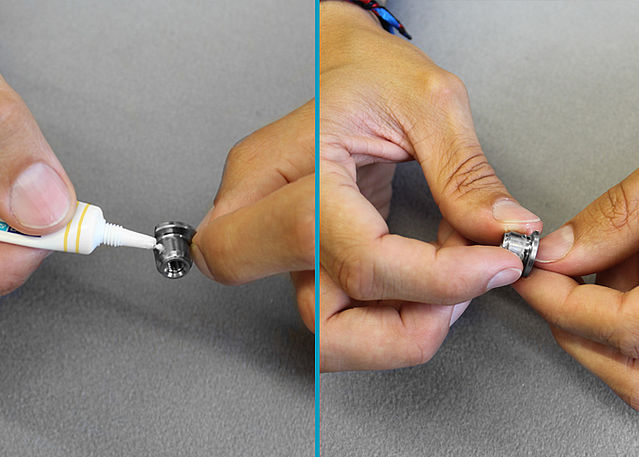
Grease the friction surfaces of the bearing nut slightly with orthosis joint grease. Make sure that the thread is grease-free.
Step 11/20
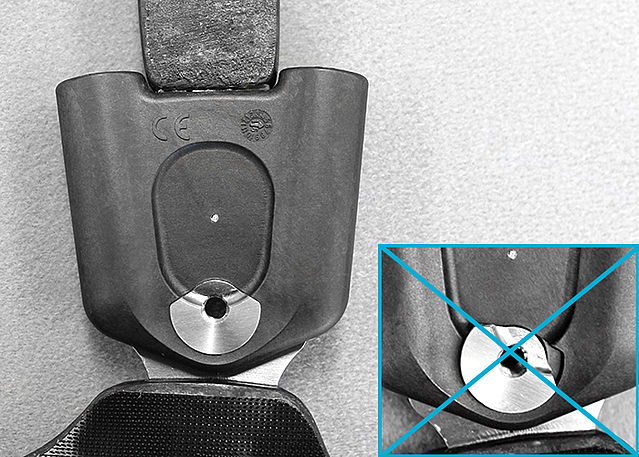
Put the bearing nut into the intended opening of the joint case's backside and make sure it is in the correct position.
Step 12/20
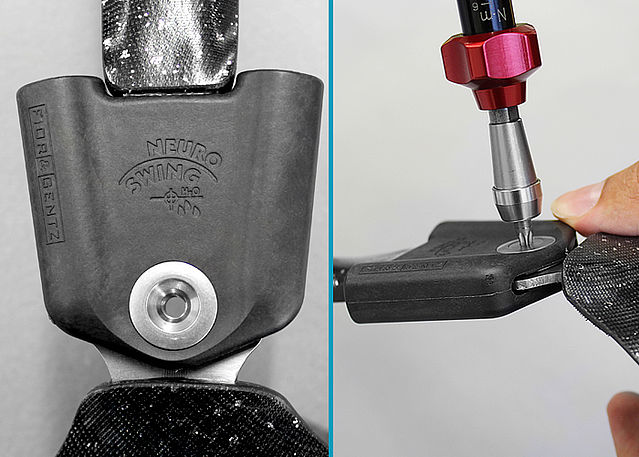
Place the cover disc onto the joint case's front. Turn in the countersunk flat head screw with a torque which corresponds to the system width.
Note: You will find the appropriate torque (Nm) on the cover disc of the system joint or in the instructions for use.Step 13/20
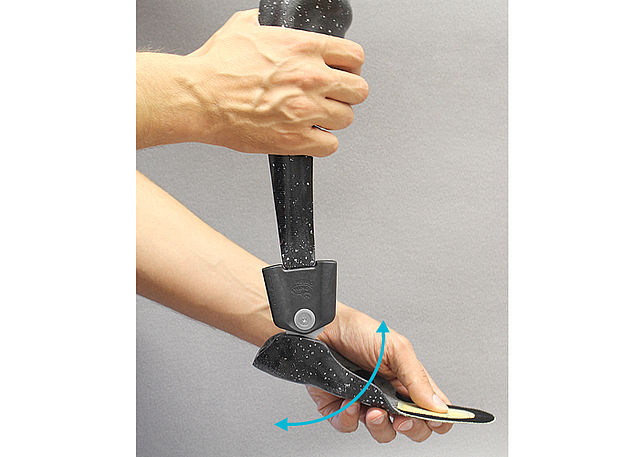
Bring the system joint in plantar flexion/dorsiflexion. If the joint does not move freely, mount the next thinner sliding washers, repeat all steps from step 8 onwards and check again.
Note: Check if the joint moves freely before mounting the spring units. At a bilateral orthosis, only check one system joint at a time.Step 14/20
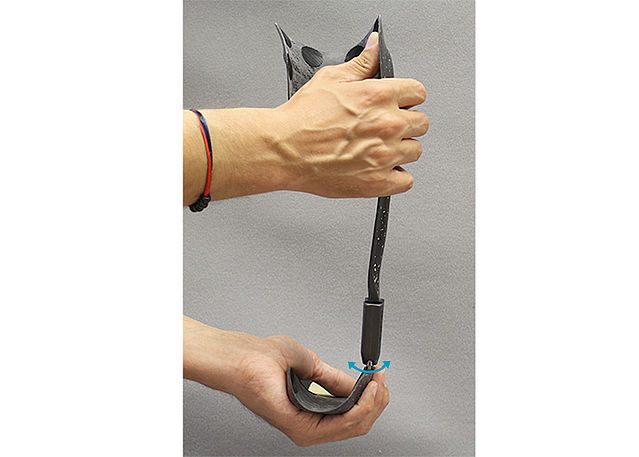
Hold the tibial shell and try to move the foot shell in pronation-supination direction. If the joint runs with lateral play, mount the next thicker sliding washers, repeat all steps from step 8 onwards and check again.
Note: Check if the joint runs with lateral play before mounting the spring units. At a bilateral orthosis, only check one system joint at a time.Step 15/20
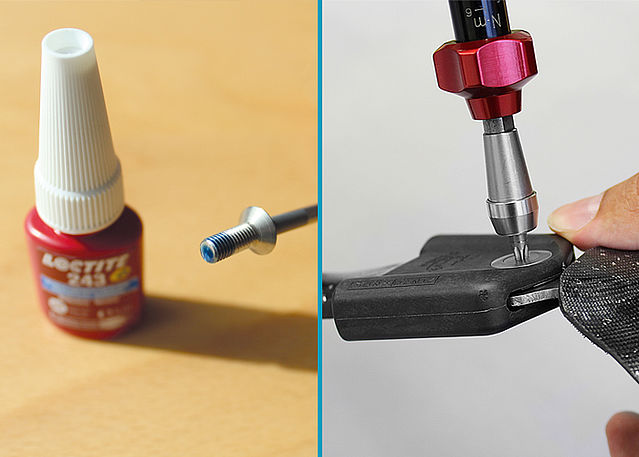
Secure the screw of the joint’s upper part with LOCTITE® 243 medium strength and the torque corresponding to the system width. Let the adhesive harden (final strength after approx. 24 hours).
Note: Mind the safety data sheet when using LOCTITE® 243 medium strength.Step 16/20
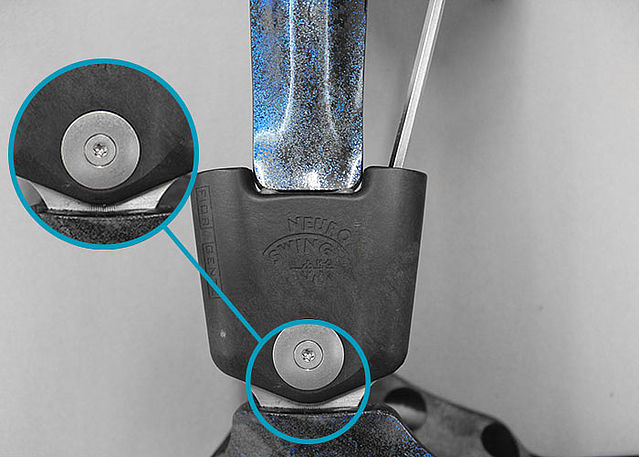
Insert one spring unit in the anterior spring duct. Screw in the spring unit until the required alignment of the orthosis is achieved. At a bilateral orthosis with two NEURO SWING Carbon system joints, mount each system joint’s anterior spring unit and make sure that both system joints are adjusted alike.
Note: Check the joint angle by reading the markings on the system stirrup and joint case.Step 17/20
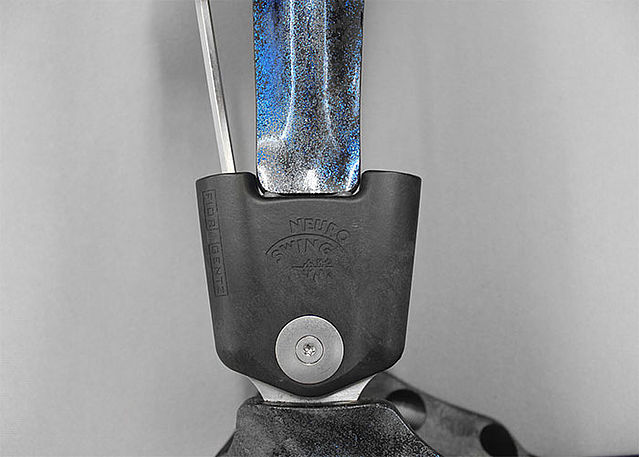
Turn in one spring unit in the posterior spring duct until it touches the system stirrup. At a bilateral orthosis with two NEURO SWING Carbon system joints, mount each system joint’s posterior spring unit and make sure that both system joints are adjusted alike.
Note: Check the joint angle by reading the markings on the system stirrup and joint case.Step 18/20
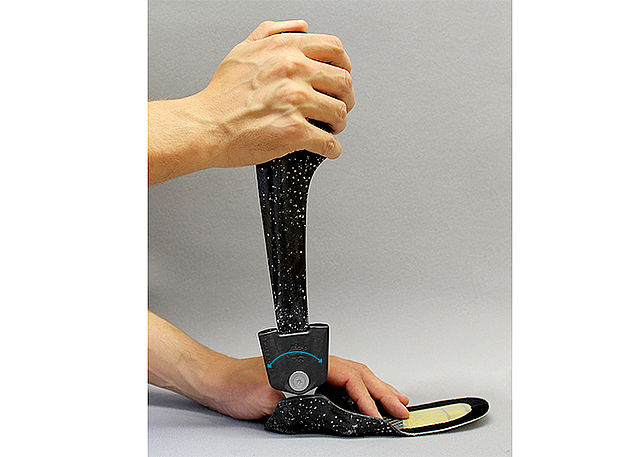
Bring the system joint in plantar flexion/dorsiflexion. It should move by compression of the spring unit only. At a high spring force, it might be impossible to cause any movement manually. If the system joint still runs idle, carefully turn the posterior alignment screw further in.
Check the result.Step 19/20
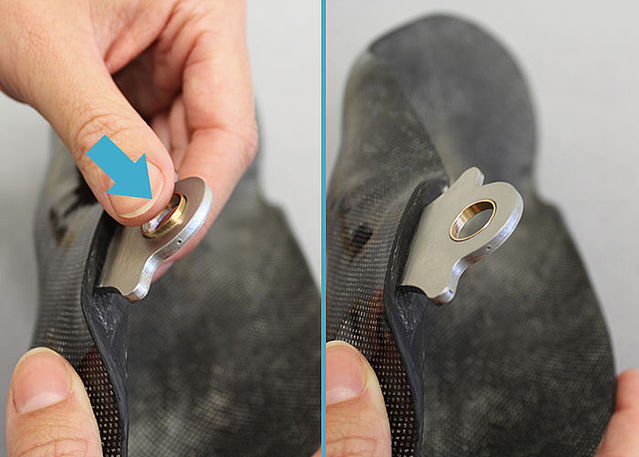
In case the sliding bushing fell out in the previous steps, grease it slightly and place it into the bore at the system stirrup again.
Step 20/20
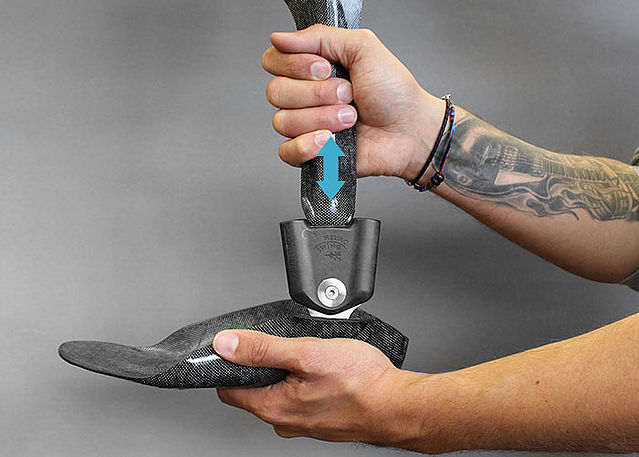
Pull the tibial shell and the foot piece apart. If there is significant play in the system joint, the sliding bushing in the system stirrup is probably missing.




















Last Update: 09 October 2020
FIOR & GENTZ
Gesellschaft für Entwicklung und Vertrieb von orthopädietechnischen Systemen mbH
Dorette-von-Stern-Straße 5
D-21337 Lüneburg
Tel.: +49 4131 24445-0
Fax: +49 4131 24445-57
E-Mail: info(at)fior-gentz.de
Beratung und Technischer Support
